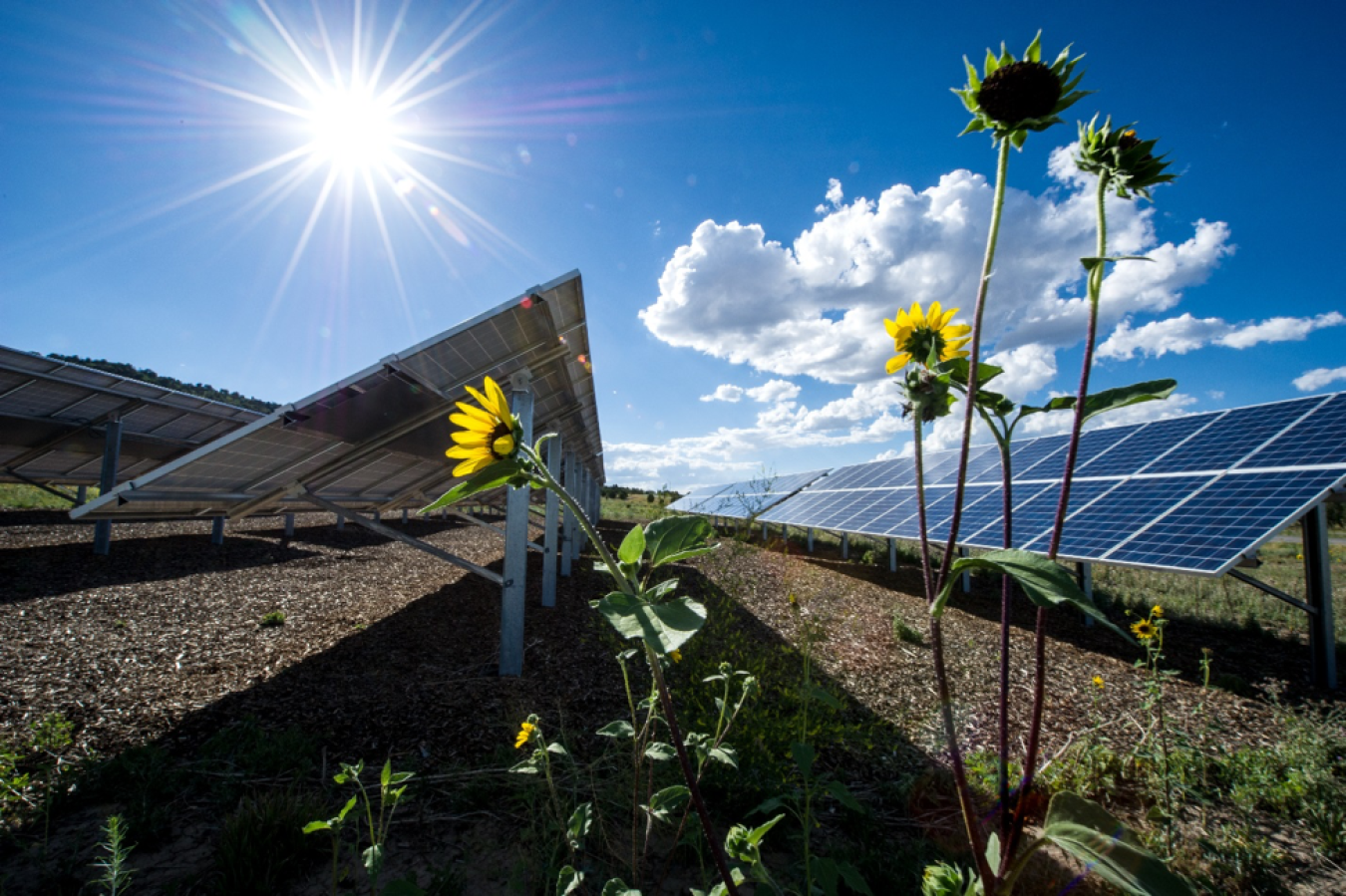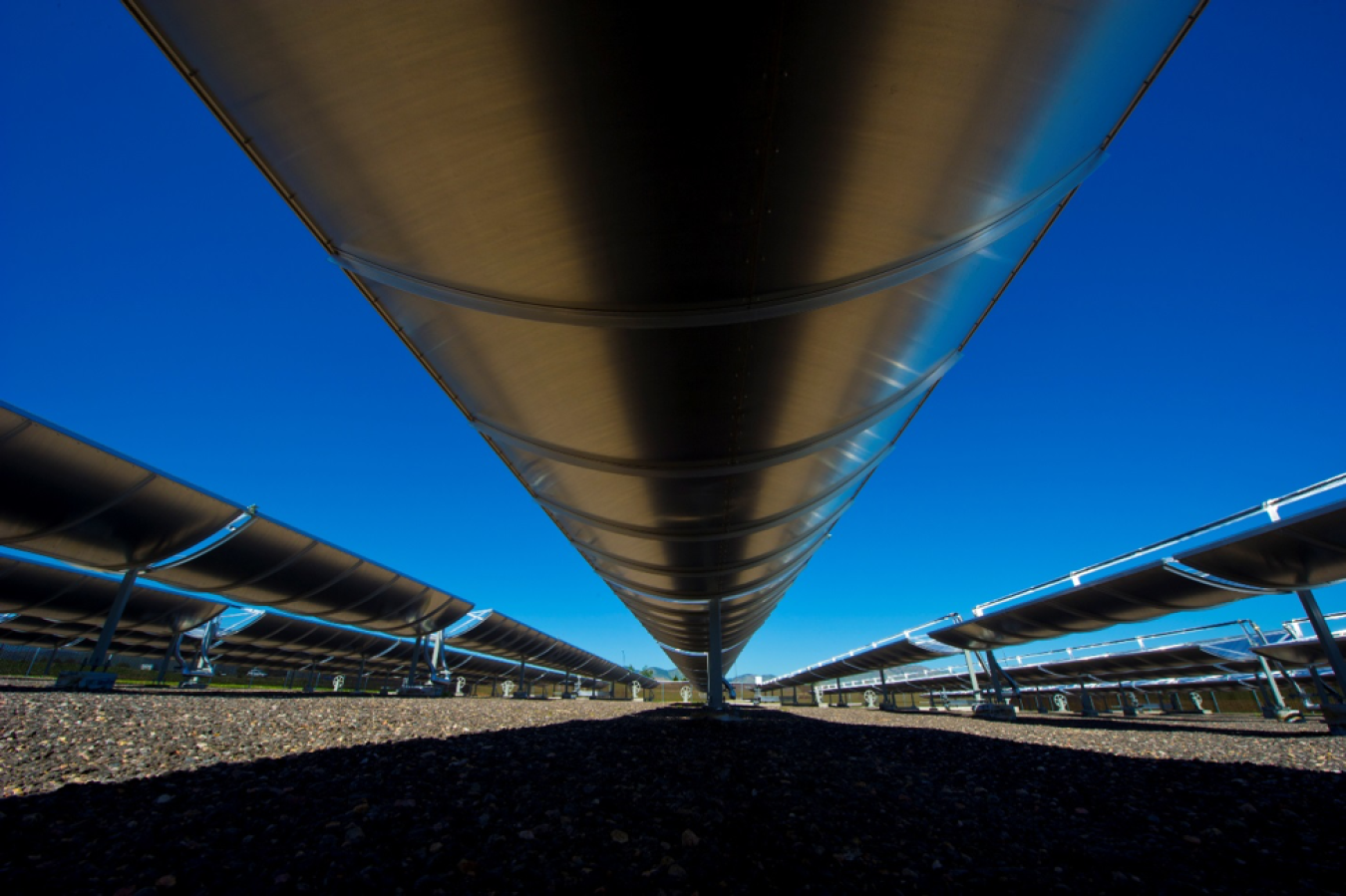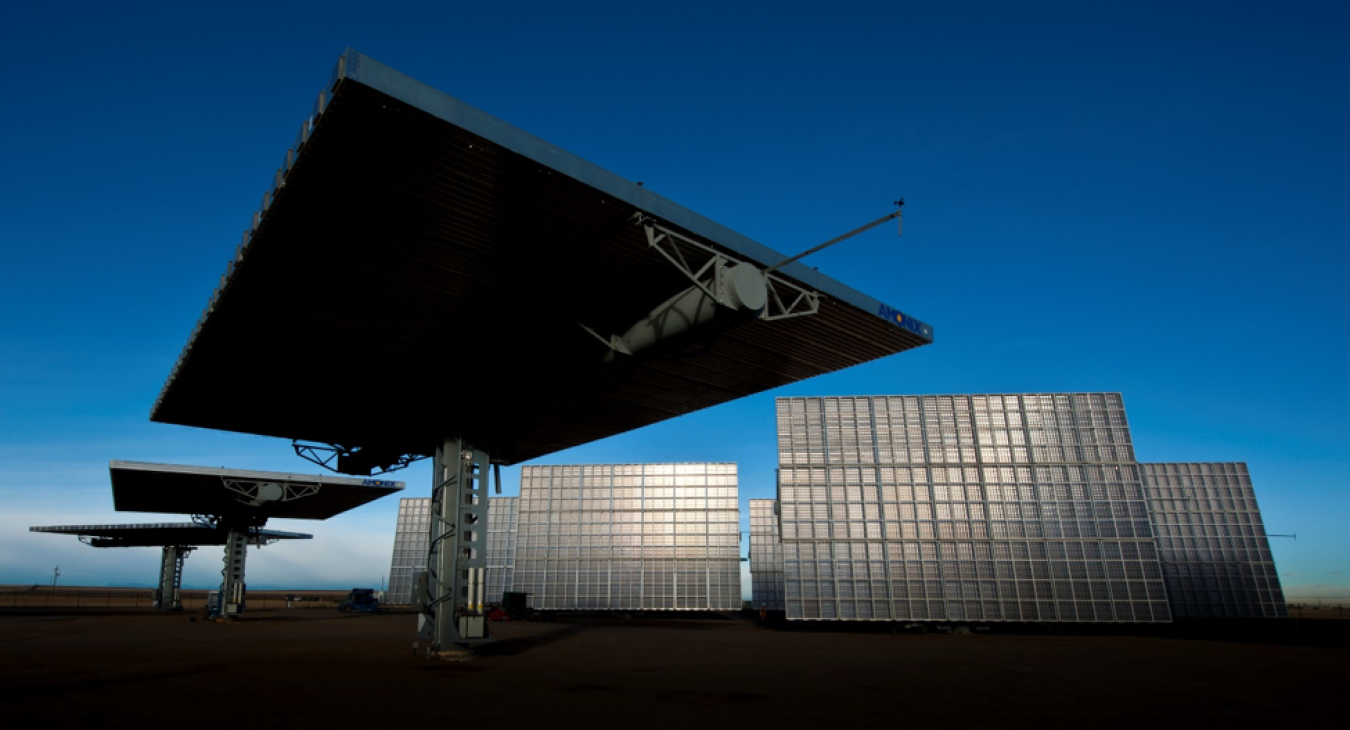This week, the Energy Department’s SunShot Initiative launched its “Hit Me with Your SunShot” photo contest. It encourages photographers, both professional and amateur, to submit their shots of solar energy in eight different categories, ranging from rooftop installations to power electronics to concentrating solar power. My fellow judge, Dennis Schroeder, a photographer at the National Renewable Energy Laboratory, and I compiled a list of pointers that may be helpful if you’re looking to submit a brand new shot for the contest. Regardless of whether you’re a photography newbie or a seasoned pro, here are five pointers before you shoot:
1. Keep it natural. Natural light is usually best so you’re already working at an advantage with your subject matter, given that most solar equipment is outdoors. However, the weather and the time of day can play a big role in how your photos look. . Generally speaking, morning and evening sunlight can greatly enhance an image, but try experimenting with mid-afternoon light. It could lead to some interesting solar images!

Sunflowers in full bloom adjacent to a solar array in Colorado. | Dennis Schroeder, National Renewable Energy Laboratory
2. Channel your inner Peter Pan. While the lighting is important, don’t forget to play with shadows. Shadows can enhance a photograph by creating subtle details that make your subject matter pop. While you probably don’t want a shadow to become the focal point of your photo, they can create a sense of balance and contrast that is aesthetically pleasing.

The underbelly of parabolic trough concentrating solar power collectors. | Dennis Schroeder, National Renewable Energy Laboratory
4. Step away from the panel. Getting up-close-and-personal is one way to take a photo, but it’s not always the best way. Including other objects in the foreground can provide context for what you’re shooting. Taking a step back is just one way to accomplish more context – you can also position yourself below or above. For example, shooting a rooftop at ground level may cause distortion, so you need to get higher for an optimal shot.
5. It’s all in the details. If you just took a photo of a solar panel in a monochromatic room, there isn’t much to look at and it isn’t likely to grab anyone’s attention. Find ways to add flare to your photos: find the sun’s rays reflecting off of a panel, include other elements such as batteries or inverters, or simply play with the depth of field to provide an engaging perspective. Most importantly, have fun!

Concentrated photovoltaic (CPV) solar power generators undergo validation-of-performance measurements at the SolarTAC facility in Colorado. | Dennis Schroeder, National Renewable Energy Laboratory
The “Hit Me with Your SunShot” photo contest is open until August 17. Submit your photos today and learn more about the SunShot Initiative.